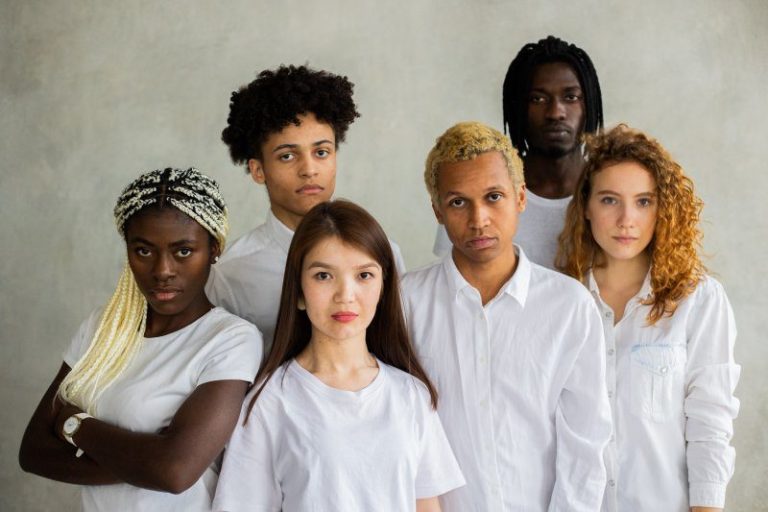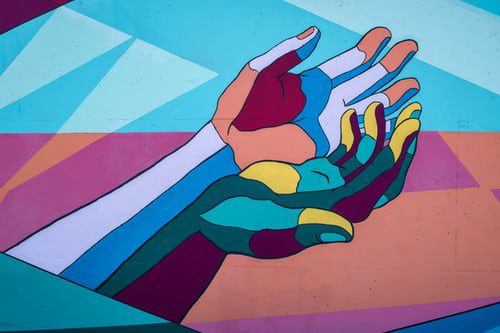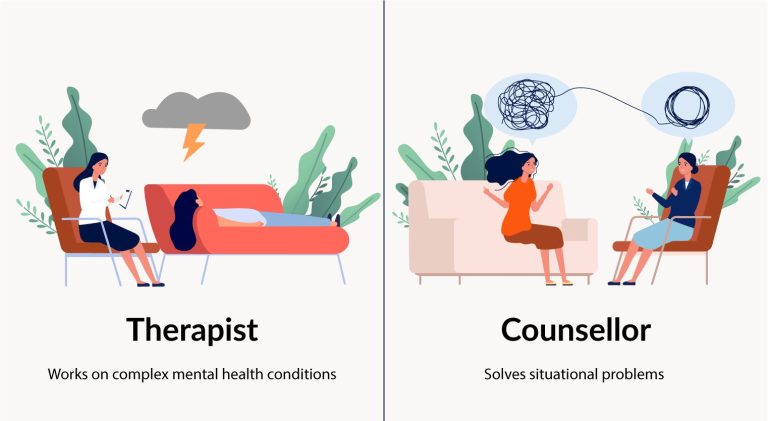5 ways to move past childhood traumas
‘Some survivors of trauma are able to remember the traumatic incident through mental flashbacks, while others develop coping behaviors like dissociation, which pushes down the memory until they become so detached from it, it almost feels like it didn’t happen to them, or it didn’t happen at all. Dissociation is only one of the behaviors that develop after trauma, although there are many that arise and are all recorded in the brain.[…] A traumatic incident can easily change your mental perspective and outlook on life, making you feel hopeless and trapped in a world of fear.’
Demarco, J. (2021)
Growing Patterns
As we grow up, we experience a number of events and people in our life who shape our personality development and the opportunities that we take on. We construct a meaning of the world around us, build beliefs of ourselves and others, and give our life a direction through these experiences as we grow into adults. We tend to form a life script and engage in similar patterns with different people. We may do this unknowingly, perhaps without coherent insight into why we act in the way that we do, as it results from our coping behaviours to survive specific past traumas and to make sense of otherwise terrifying experiences and threats to ourselves.
This awareness is very important in order to eventually heal and move past our childhood traumas, without further replicating unhealthy dynamics or coping behaviours. When saying that one is replicating unhealthy dynamics; one could be avoiding intimacy for example, or feel the need to go on the defense when receiving feedback, trying to please others without taking note of their own needs, or else simply not being in touch with one’s emotions.
Here is a list of some ways to move past childhood traumas:
1. One may benefit from an understanding of what used to be, in order to change what can be.
Awareness of what happened can help place responsibility accordingly rather than taking on the blame for something that happened to you as a child. It would also help the individual identify their power as an adult and reflect on what can be done differently now.
2. Recognising what can be done differently and how our past coping mechanisms, which at that time used to keep us safe, aren’t serving us any longer.
Rather they may be inhibiting one from building healthy relationships and growing in different areas of life.
3.By connecting our emotions to our body we identify unexpressed feelings or thoughts.
Childhood traumas may feel too threatening for us and thus we tend to disconnect from our emotions. This disconnection would mean that we are not taking care of ourselves as best as we can. It would also mean that we are not communicating what is going on internally with our external world. This could result in unhappiness, stress, and even a discrepancy in what we feel and what we do.
4. Building positive and supportive relationships, connecting with others, finding support and becoming the best version of ourselves.
The ability to bond with others and form healthy relationships, goes hand in hand with building a loving relationship with ourselves. This means taking care of all aspects of ourselves and focusing on all of our potentials and abilities.
5.Deciding to let go of any anger, bitterness, and resentment while fostering more wholesome feelings; which rather than keep us stuck in the past, help us to propel ourselves forward towards fulfilment and contentment.
If you think that you can benefit from professional support on this issue you can reach out here.
Abigail Church is a Humanistic Integrative Counsellor who works with adults and children through counselling with Willingness. She can be contacted on abigail@willingness.com.mt or call us on 79291817.
References:
- Demarco, J. (2021). Understanding Childhood Trauma & How To Let Go: 11 Effective Tools You Need To Heal (From a Fellow Survivor).
- https://www.psychologytoday.com/us/blog/mindful-anger/201804/9-steps-healing-childhood-trauma-adult
- https://www.samhsa.gov/child-trauma/understanding-child-trauma







